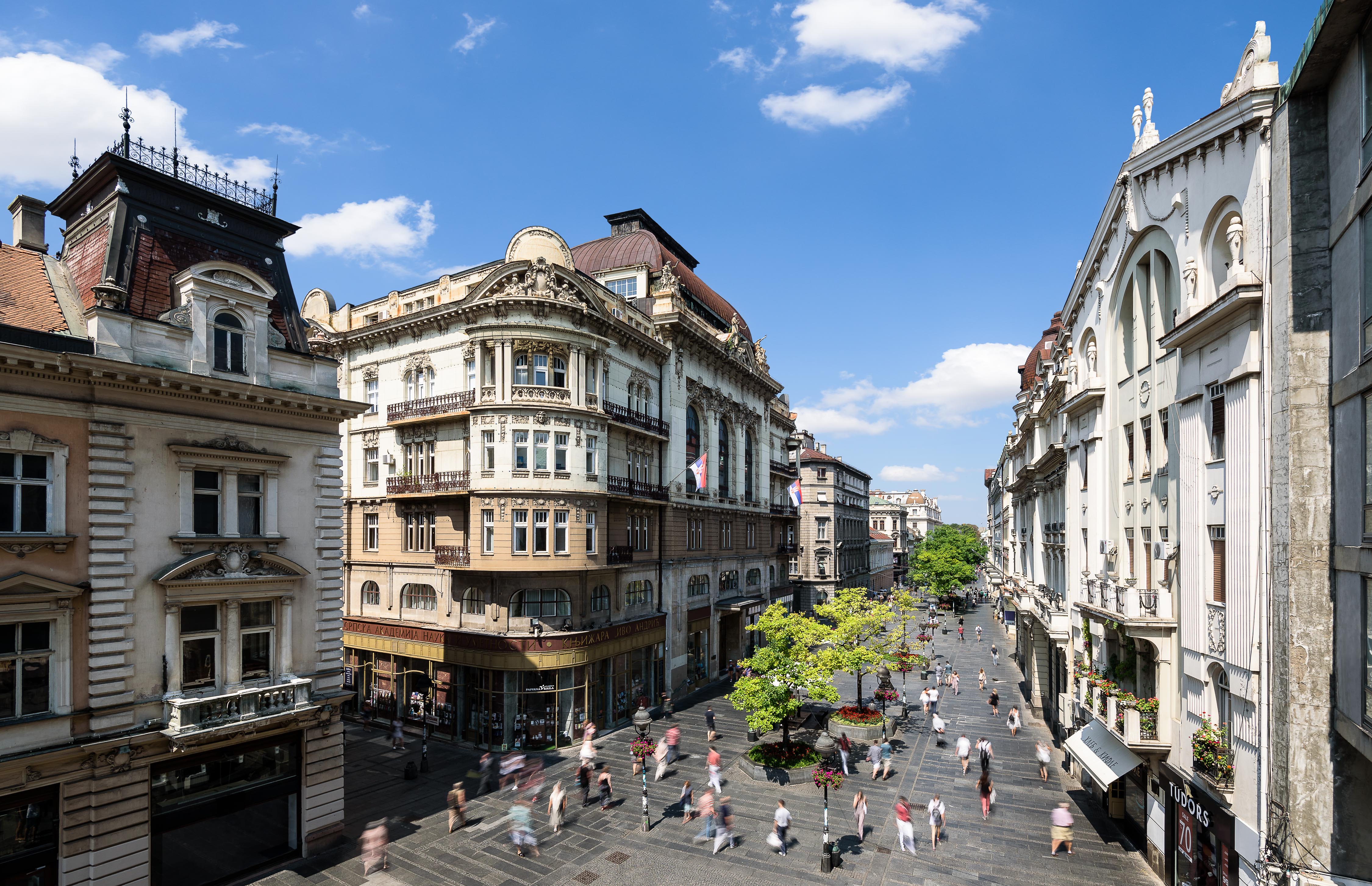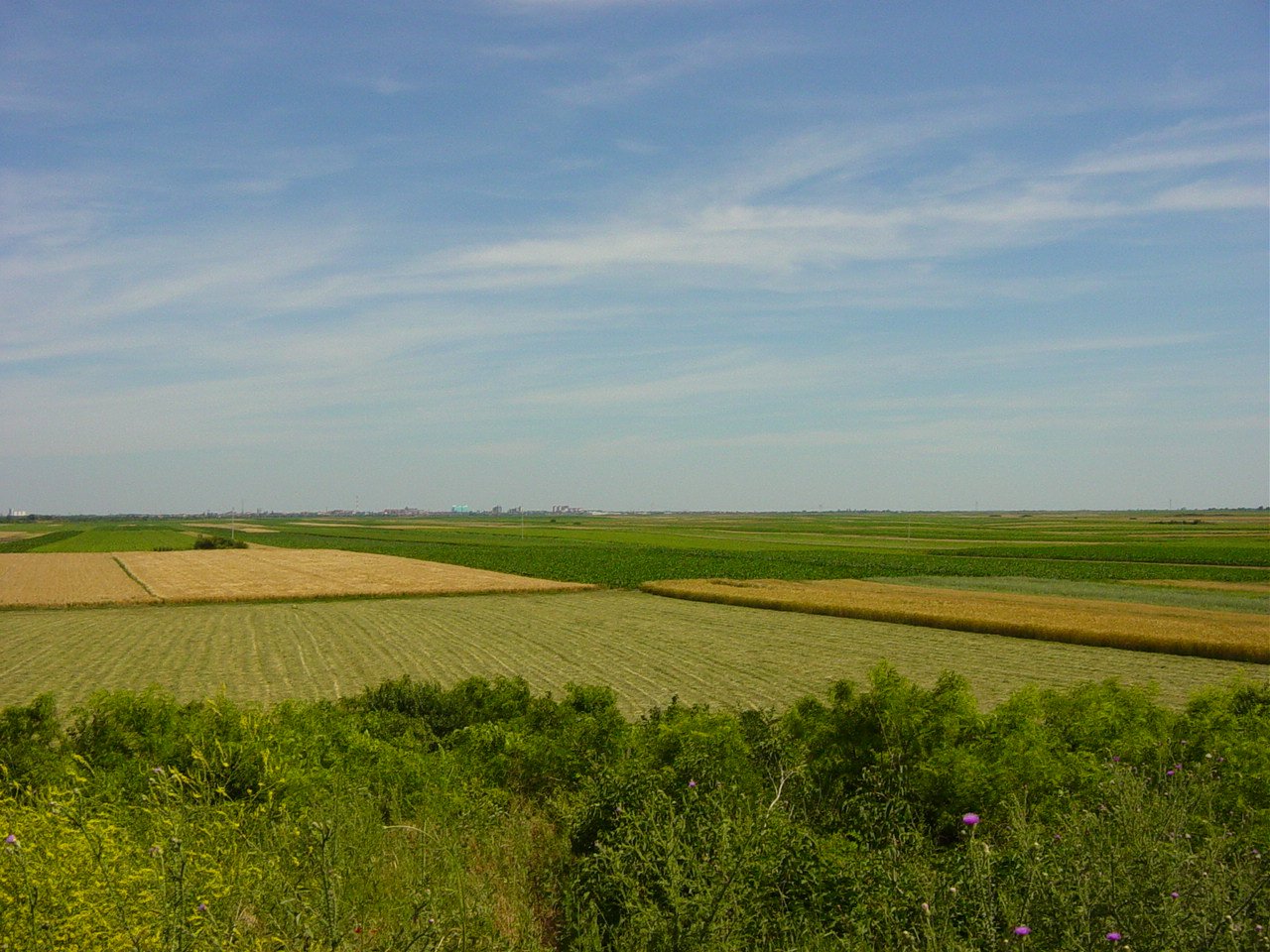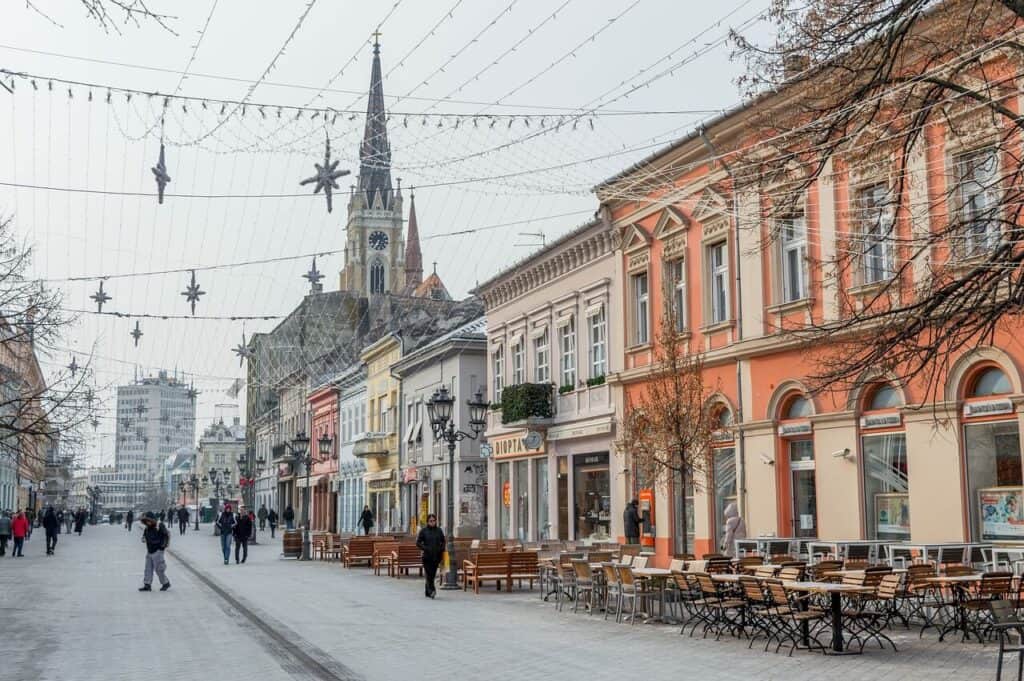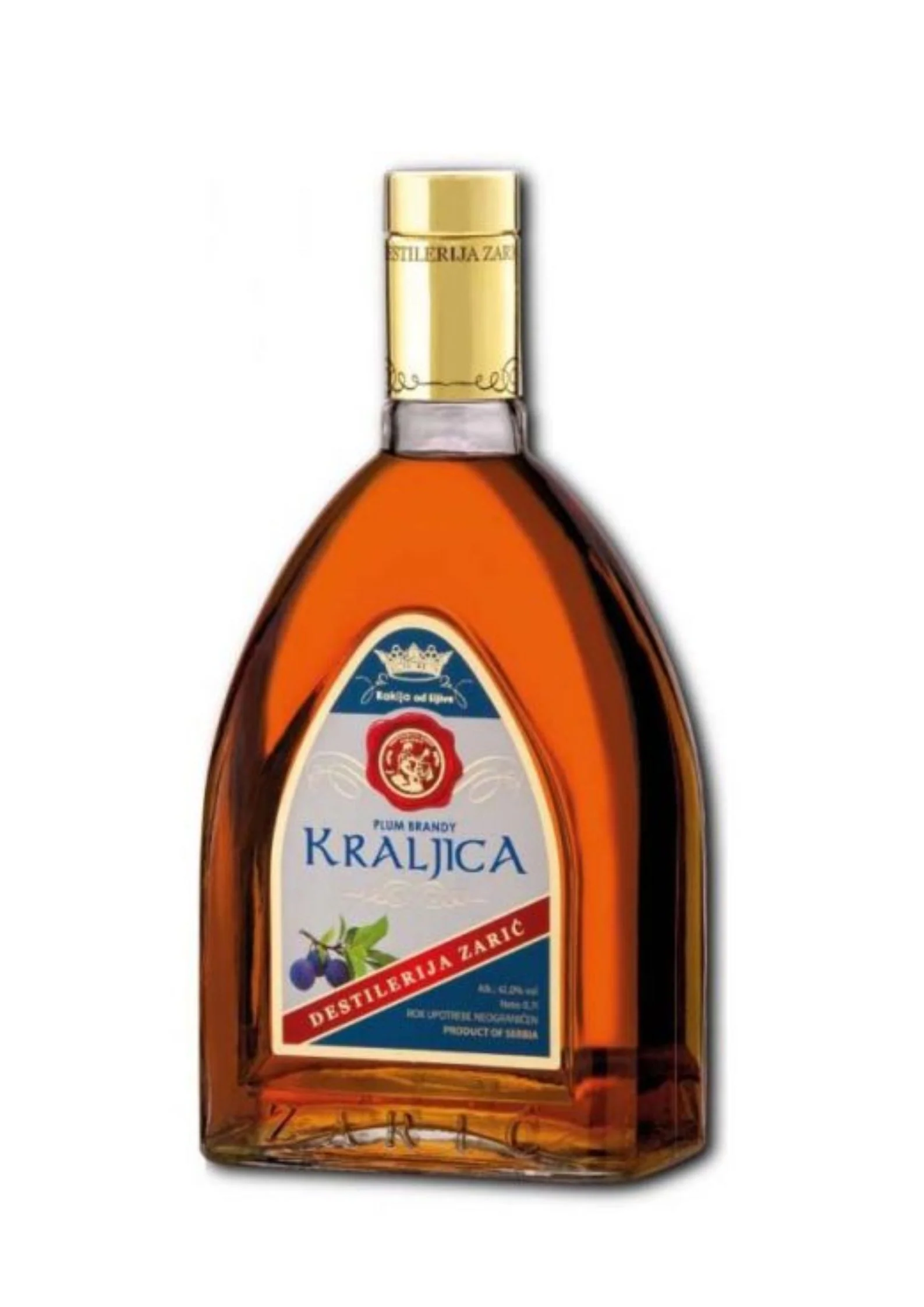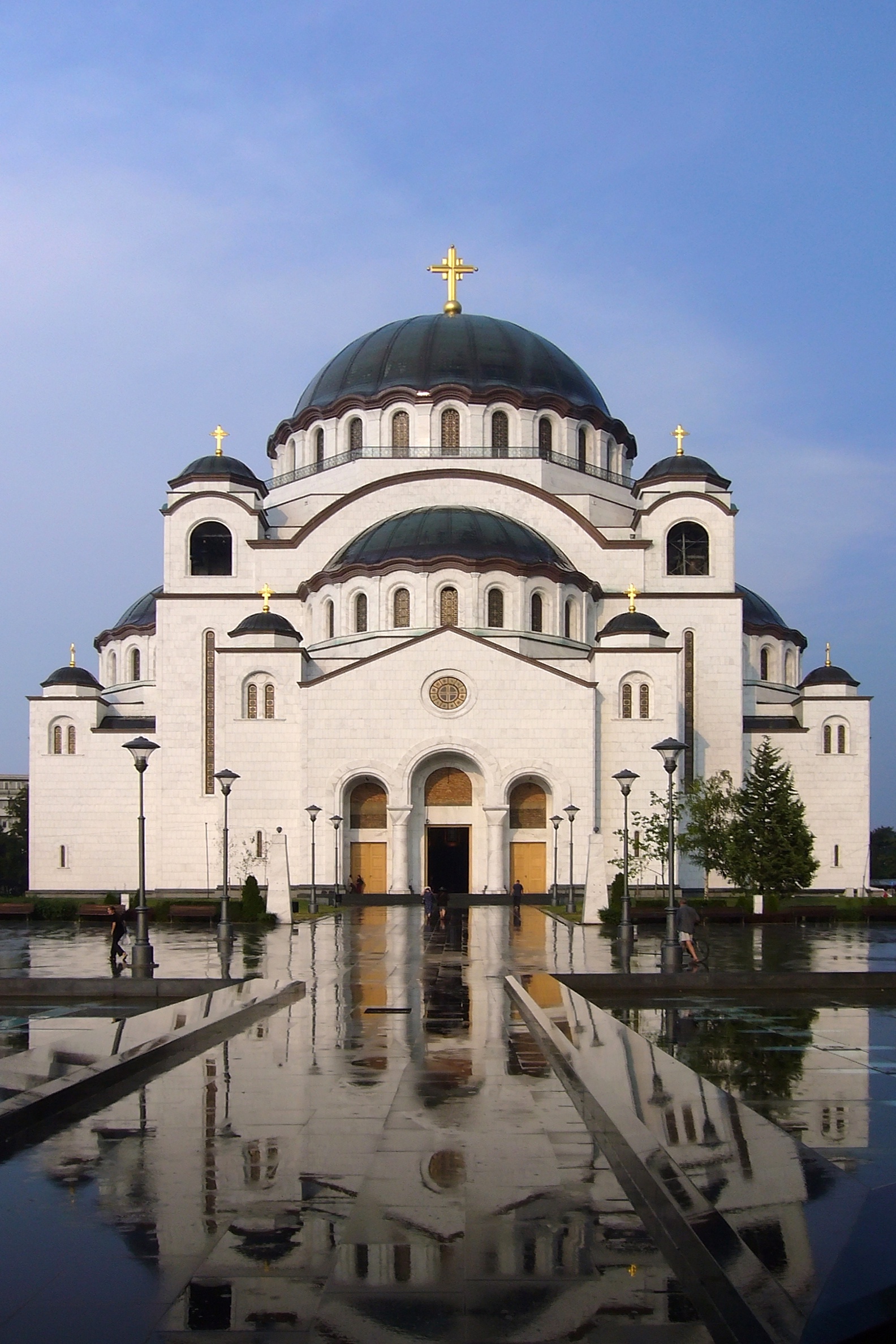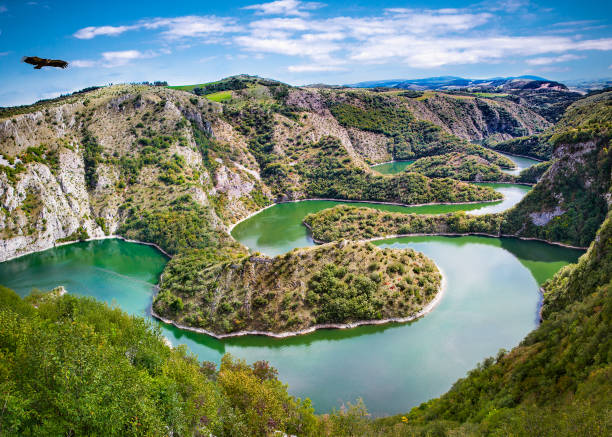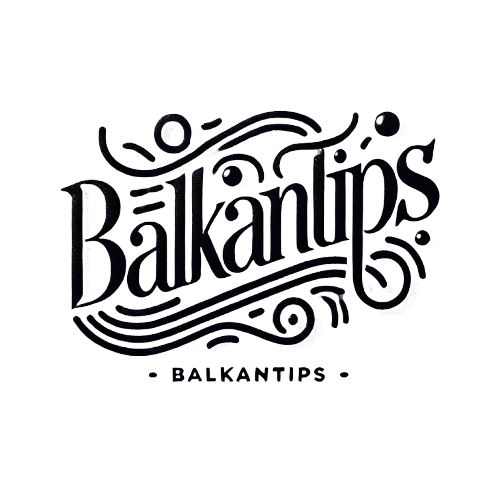

Explore the stunning Adriatic coast, rich culture, and unique history of Bulgaria.
Serbia is a country rich in history, culture, and natural beauty, bridging the East and West. It offers a blend of ancient heritage and modern vitality. Key periods in Serbia's historical development include: Ancient Heritage: The territory of present-day Serbia has been inhabited since prehistoric times, with significant contributions from the Vinča culture. Later, it became part of the Roman Empire, leaving behind remarkable archaeological sites like Felix Romuliana. Medieval Kingdom: The Serbian Kingdom rose to prominence in the 12th century, particularly under the rule of the Nemanjić dynasty. This era saw the flourishing of Orthodox Christianity, as well as significant cultural and architectural achievements, including the construction of monasteries like Studenica and Visoki Dečani. Ottoman Rule: Following the Battle of Kosovo in 1389, Serbia gradually came under Ottoman rule, which lasted for several centuries. During this time, Serbian culture and traditions endured, often centered around the Orthodox Church, which played a key role in preserving national identity. Liberation and Kingdom of Serbia: In the 19th century, Serbia began its fight for independence, achieving autonomy within the Ottoman Empire in 1815 and full independence in 1878. This period saw the establishment of the modern Serbian state and the subsequent proclamation of the Kingdom of Serbia in 1882. World Wars and Yugoslavia: Serbia played a significant role in World War I, with the assassination of Archduke Franz Ferdinand in Sarajevo acting as a catalyst for the war. After the war, Serbia became part of the Kingdom of Serbs, Croats, and Slovenes, later known as Yugoslavia. The country experienced significant turmoil during World War II and the subsequent socialist period under Josip Broz Tito. Breakup of Yugoslavia: The dissolution of Yugoslavia in the 1990s was marked by conflicts, including the wars in Bosnia, Croatia, and Kosovo. In 2006, Serbia became an independent country following the separation from Montenegro. Modern Serbia: Today, Serbia is known for its rich cultural heritage, vibrant festivals, and beautiful landscapes, from the plains of Vojvodina to the mountains of the south. Belgrade, the capital, is a dynamic city with a blend of historical sites and modern attractions. Serbia continues to develop economically and culturally, attracting visitors with its warm hospitality and unique traditions.
Serbian culture is a rich tapestry of Slavic, Byzantine, Ottoman, and Austro-Hungarian influences. Known for its deep-rooted traditions, vibrant celebrations, and warm hospitality, Serbia's cultural identity is reflected in its music, dance, crafts, and enduring customs passed down through generations.
Visual Arts: Serbian art is characterized by a fusion of religious and secular themes, with notable contributions in fresco painting, iconography, and contemporary art. The medieval monasteries of Serbia, such as those in the Žiča and Studenica, are adorned with exquisite frescoes that depict biblical scenes and saints.
Iconography: Serbian Orthodox iconography is renowned for its spiritual depth and artistic beauty. Icons and frescoes found in churches and monasteries serve as important religious and cultural symbols.
Architecture: Serbian architecture is a blend of Byzantine, Ottoman, and Central European styles, reflecting its historical and cultural diversity. Notable landmarks include:
Serbia hosts numerous festivals and celebrations, many of which honor its folk traditions, religious holidays, and cultural heritage. These festivals showcase the spirit and hospitality of the Serbian people.
Serbian cuisine is hearty and flavorful, drawing influences from Mediterranean, Hungarian, and Turkish culinary traditions. It features a variety of meats, fresh vegetables, and bread.
Serbian music and dance are deeply rooted in the country’s folk traditions, with a distinctive rhythm and energy that captivates audiences.
Serbian folklore is rich with tales of mythical creatures, legendary heroes, and historical events, often interwoven with the country’s landscapes and traditions.
Early Origins of the Serbian Language
Proto-Slavic Roots: The Serbian language, like other South Slavic languages, originates from Proto-Slavic, spoken by the early Slavic tribes who migrated to the Balkans during the 6th and 7th centuries AD. Over time, regional dialects emerged, shaping the distinct linguistic identity of the Serbian language.
Arrival of the Slavs: The Serbs, part of the South Slavic group, settled in the territory of present-day Serbia during the early Middle Ages. They spoke a variant of Old Slavic, which gradually evolved into the Serbian language.
Old Church Slavonic Influence: In the 9th century, Old Church Slavonic, codified by Saints Cyril and Methodius, was introduced to the region primarily for religious purposes. This language, along with the Glagolitic and Cyrillic scripts, significantly influenced early Serbian writing and religious texts.
Medieval Dialects: During the medieval period, the Serbian language developed unique characteristics. The Serbian Cyrillic script became widely used for ecclesiastical, administrative, and literary purposes. The language exhibited distinct phonetic, lexical, and grammatical features, which set it apart from other South Slavic languages.
Serbian Cyrillic Script: The Serbian Cyrillic script, derived from the Cyrillic alphabet created by Saints Cyril and Methodius, played a crucial role in the development of Serbian literature and culture. This script remains in use today and is a symbol of Serbian national identity.
Influence of Turkish and Arabic: During the Ottoman period (1389-1878), Turkish and Arabic had a significant impact on the Serbian language, particularly in terms of vocabulary related to administration, military, and everyday life. Many Turkish loanwords remain in the Serbian language today.
Serbian Linguistic Revival: In the 19th century, as part of the Serbian national awakening, efforts were made to reform and standardize the Serbian language. Vuk Stefanović Karadžić, a key figure in the language reform, simplified the Serbian Cyrillic alphabet and advocated for the use of vernacular Serbian based on the Eastern Herzegovinian dialect, which became the foundation of the modern standard language.
Influence of the Illyrian Movement: Although primarily centered in Croatia, the Illyrian Movement influenced Serbian intellectuals to emphasize the preservation and promotion of the Serbian language and cultural identity.
Standardization: Modern Serbian was standardized in the 19th century, with Vuk Karadžić's reforms playing a crucial role. Today, Serbian is officially written in both Cyrillic and Latin scripts, though Cyrillic holds official status.
Modern Influences: The Serbian language has absorbed numerous loanwords from Turkish, German, French, Italian, and more recently, English, reflecting the country’s historical and cultural interactions with various regions.
Phonology: Serbian has a rich phonemic inventory, featuring five vowels and numerous consonants, including distinct sounds from Turkish loanwords.
Grammar: Serbian is highly inflected, with nouns, pronouns, and adjectives that change form based on case, number, and gender. It has seven grammatical cases, which add complexity and nuance to its structure.
Vocabulary: While primarily Slavic in origin, Serbian vocabulary includes significant Turkish, German, and more recently, English influences, particularly in modern contexts such as technology, science, and international relations.
